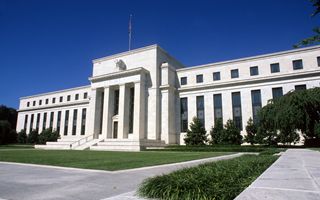(Finance) – I Consumer price data for July suggests the Federal Reserve remains on track to meet its target 2%, which should allow the central bank to focus more and more on its other objective of maximizing employment in the United States. Although a rate cut for the September meeting is now a given, there remains great uncertainty about the size of the rate cut, which will be 25 or 50 basis points.
Data from the Labor Department showed that July consumer prices were in line with expectations, both for the index headline (up 0.2% m/m and slowing to 2.9% y/y from 3% previously, the lowest level since March 2021) both for that core (0.2% m/m, from 0.1% previously and decelerating year-on-year to 3.2% from 3.3%).
“The latest inflation data reveals a modest but steady increase – commented Mario Di Marcantonio, economist of Intesa San Paolo – Housing costs remain a significant factor, with the expected moderation yet to materialize, despite the continued slowdown in market rental prices. Non-housing services continue their recent stabilization trend, while deflationary pressures on basic goods have intensified. Energy prices have stabilized, although their contribution to inflation remains limited.”
As for the index excluding food and energy, the greater contribution on the upside came from the acceleration of housing services (0.4% m/m, 5.1% y/y); in particular, the growth was driven by both components, the owner-occupied rent equivalent, which increased by 0.4% m/m (5.3% y/y) and the effective rent, which increased by 0.5% m/m (5.1% y/y).
“This report should help solidify expectations for another 0.2% MoM and very likely 0.1% for the Fed’s preferred measure of inflation, the core PCE deflator, in a couple of weeks’ time,” commented James Knightley, Chief International Economist at ING – This would ensure a Fed rate cut in September in light of the cooling labor market and weakening business surveys, as just a matter of size. For now, we prefer a 50bp to start, while the Fed makes up ground on the data before returning to 25bp moves later.”
